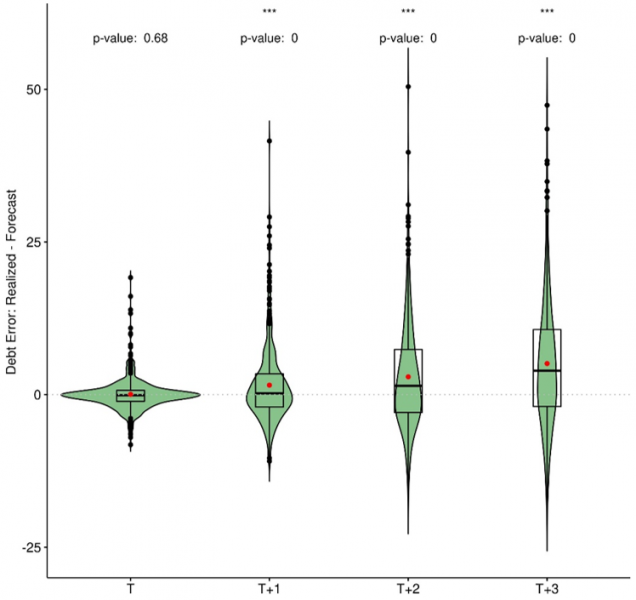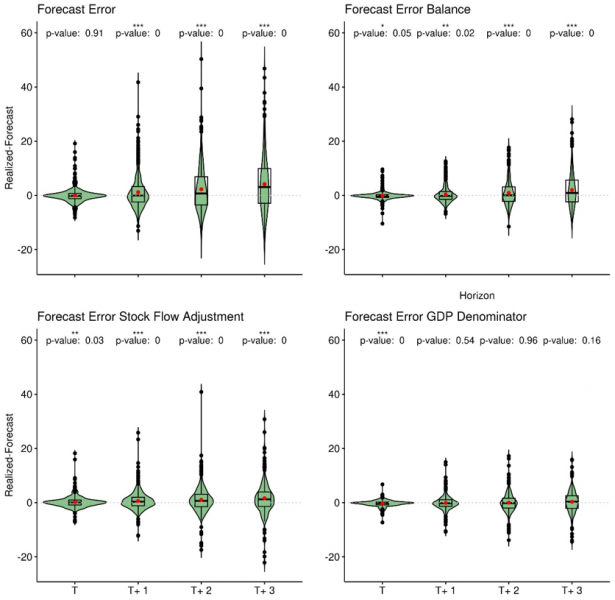References
Afonso, A. and J. T. Jalles (2020). Stock flow adjustments in sovereign debt dynamics: The role of fiscal frameworks. International Review of Economics & Finance 65, 1–16.
Bachleitner, A. and D. Prammer (2023). Don’t blame the government!? An assessment of debt forecast errors with a view to the Economic Governance Review. Working Paper 9, March 2023, Office of the Fiscal Advisory Council
Beetsma, R. M., M. Busse, L. Germinetti, M. Giuliodori, and M. Larch (2022). Is the road to hell paved with good intentions? an empirical analysis of budgetary follow-up in the EU.
Estefania Flores, J., D. Furceri, S. Kothari, and J. D. Ostry (2021). Worse than you think: Public debt forecast errors in advanced and developing economies.
European Commission (2022). Communication from the commission to the European parliament, the council, the European central bank, the European economic and social committee and the committee of the regions, communication on orientations for a reform of the EU economic governance framework. European Commission, COM(2022) 583 final.
Frankel, J. (2011). Over-optimism in forecasts by official budget agencies and its implications. Oxford Review of Economic Policy 27 (4), 536–562.
Larch, M., J. Malzubris, and M. Busse (2021). Optimism is bad for fiscal outcomes. SUERF Policy Briefs 234.
Mourre, G., A. Poissonnier, M. Lausegger, et al. (2019). The semi-elasticities underlying the cyclically adjusted budget balance: an update and further analysis. Technical report, Directorate General Economic and Finan- cial Affairs (DG ECFIN), European Commission.






